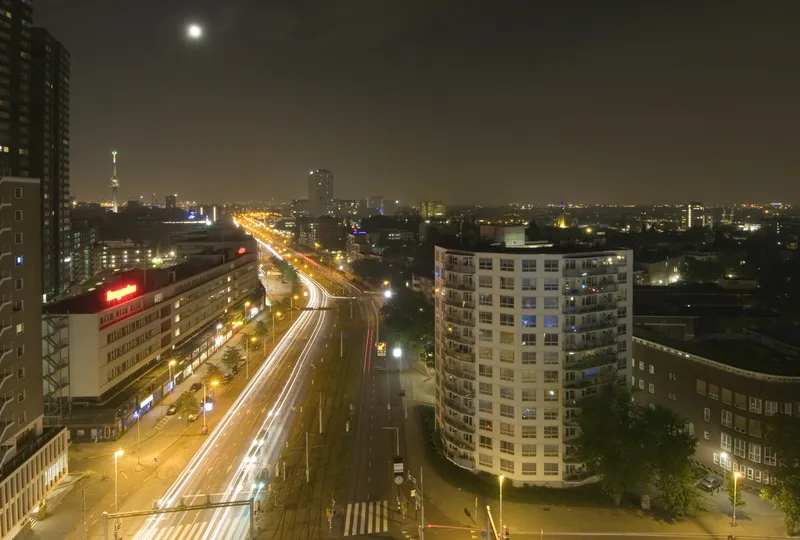A leading Australian supermarket chain has chosen Nedap’s Sensit wireless parking guidance system to provide accurate information on parking space availability for the car park at its headquarters in New South Wales.
Local company Holman Engineering implemented a solution which uses optical sensors above each parking bay to determine the status of the indoor parking spaces, while Sensit was used to monitor o monitor occupancy of the outdoor parking bays.
Sensit uses surface-mount wireless parking se
November 4, 2016
Read time: 2 mins
A leading Australian supermarket chain has chosen 3838 Nedap’s Sensit wireless parking guidance system to provide accurate information on parking space availability for the car park at its headquarters in New South Wales.
Local company Holman Engineering implemented a solution which uses optical sensors above each parking bay to determine the status of the indoor parking spaces, while Sensit was used to monitor o monitor occupancy of the outdoor parking bays.
Sensit uses surface-mount wireless parking sensors that detect in real-time whether or not the individual parking bays are occupied and for how long. The sensor is a vehicle detection sensor features dual detection technology to provide accurate detection and is glued on to the surface of parking bays, enabling easy installation.
Real-time parking bay occupancy information on is displayed on several displays along the road leading to the car park, indicating the number of available parking bays.
The web interface on the Holman system provides a graphical representation of the status of the car park and enables the user to create a range of different reports.
Local company Holman Engineering implemented a solution which uses optical sensors above each parking bay to determine the status of the indoor parking spaces, while Sensit was used to monitor o monitor occupancy of the outdoor parking bays.
Sensit uses surface-mount wireless parking sensors that detect in real-time whether or not the individual parking bays are occupied and for how long. The sensor is a vehicle detection sensor features dual detection technology to provide accurate detection and is glued on to the surface of parking bays, enabling easy installation.
Real-time parking bay occupancy information on is displayed on several displays along the road leading to the car park, indicating the number of available parking bays.
The web interface on the Holman system provides a graphical representation of the status of the car park and enables the user to create a range of different reports.










